Everything You Need to Know About the Apollo Missions
Need to brush up on your history of the space race? Here's everything you need to know about the Apollo missions.
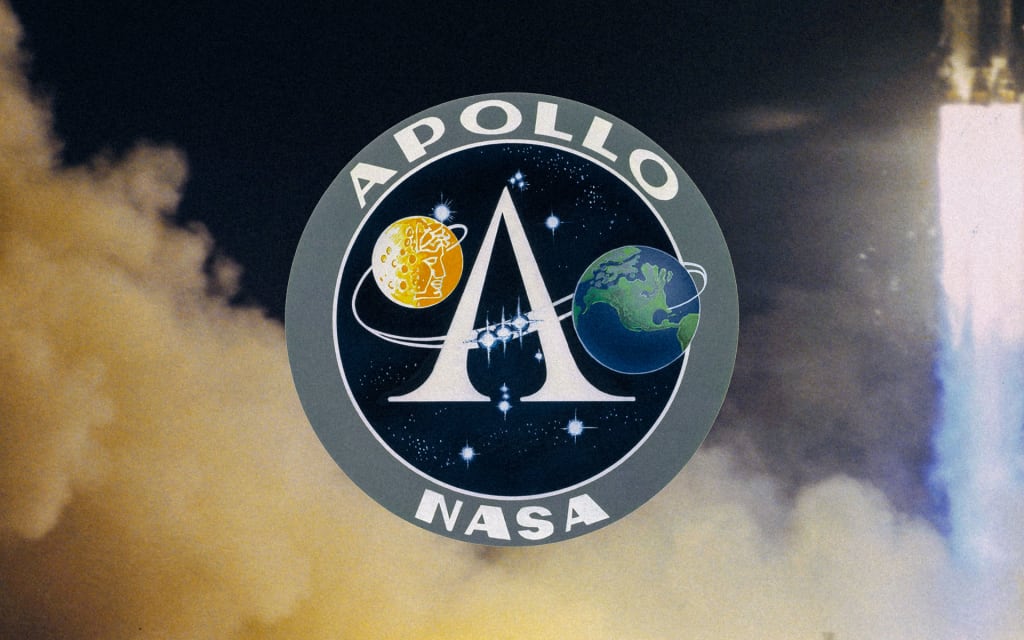
This list includes everything you need to know about the Apollo missions to help you understand the space race. The Apollo missions took place between 1961 and 1975. These missions were part of a NASA program to put a man on the moon. This was to fulfill a promise made by John F. Kennedy in 1961 to place an American on the moon before the end of the decade. The program ultimately resulted in just that, but it was not without its share of setbacks. This list covers all the manned Apollo missions. Keep reading to learn everything you need to know about the Apollo missions.
Apollo 1

Originally titled AS-204, this mission was later renamed Apollo 1 after three astronauts were killed on the launch pad during preliminary testing on January 27, 1967. Astronauts Virgil Grissom, Edward White, and Roger Chaffee were trapped inside the Command Module when an electrical malfunction caused a fire in the pure oxygen atmosphere. Because the Command Module had been pressurized above normal atmospheric pressure, the astronauts could not open the emergency escape hatch and they were quickly killed by carbon monoxide inhalation. This tragic event would change the way NASA handled safety and prompted a complete redesign of the Command Module and the Apollo program itself.
Apollo 7
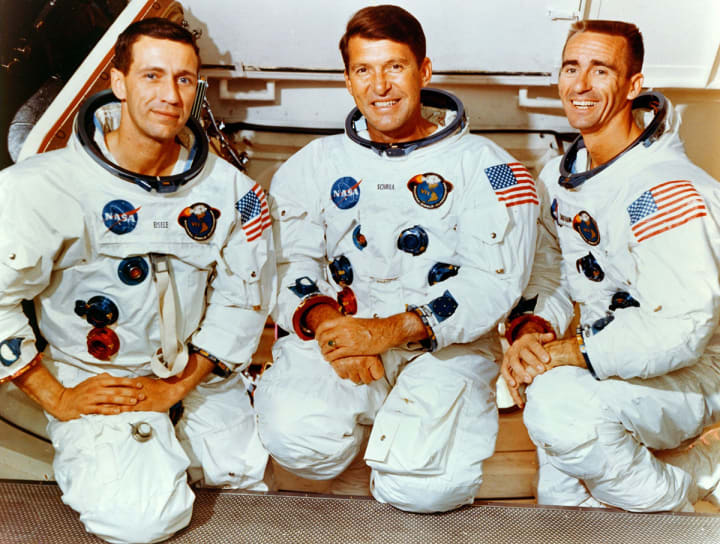
After the events of Apollo 1, NASA desperately needed a win to restore confidence in the Apollo program and the American position in the space race. On October 11, 1968 they got just that when astronauts Wally Schirra, Donn Eisele, and Walter Cunningham successfully launched into space for nearly 11 days. During their time in space the astronauts also broadcast their incredible feat to the world while they completed a remarkable 163 orbits of the earth. While the Apollo 7 mission was a big win for NASA, and America, the toll of 11 days in space on the three astronauts had unexpected consequences. All astronauts became insubordinate, and refused at times to turn on the TV cameras. They also developed head colds that made reentry challenging, because they could not equalize pressure in their ears during reentry due to the large fishbowl helmets that mission control demanded they wear. Because of the events of the Apollo 7 mission, none of the three astronauts were allowed to participate in any further missions.
Apollo 8

On December 21, 1968 NASA launched astronauts Frank F. Borman, II, James A. Lovell, Jr., and William A. Anders into space on a mission that would see astronauts orbit the moon for the first time in history. This is the mission that brought us the famous picture of the earthrise. The astronauts aboard the ship were the first people to ever see an earthrise, as well as the first to witness the far side of the moon. This mission paved the way for Apollo 11 by demonstrating that NASA could successfully send men into space, orbit the moon, and return them safely to Earth. This is only the beginning for the incredible Apollo space program. Everything you need to know about the Apollo missions continues through the next 9 missions.
Apollo 9

Now that NASA had tested most aspects of a future moon landing mission, they used the Apollo 9 mission to test the Lunar Module and the Command/Service Module. This mission launched on March 3, 1969 and saw astronauts James A. McDivitt, David R. Scott, and Russell, L. Schweickart flying and docking the Lunar Module, going on spacewalks, and testing all the details of the equipment needed for a moon landing in a low-earth orbit. After 10 days in space the astronauts returned successfully, having demonstrated the efficacy of the Lunar Module and the Command/Service Module. The Apollo program was now very near its goal of putting a man on the moon.
Apollo 10
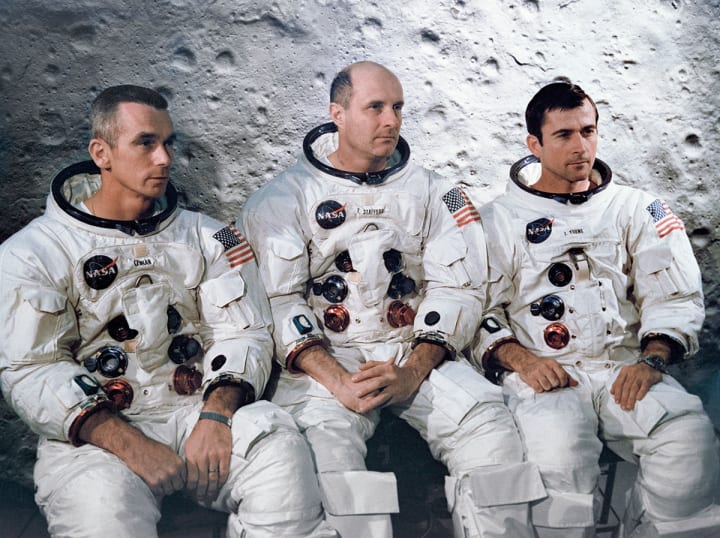
There was a lot of testing that went into the Apollo missions and understanding all of it is essential to learning everything you need to know about the Apollo missions. Despite the overwhelming success of the Apollo 9 mission tests, NASA had learned its lesson after the tragedy of the Apollo 1 mission. So, on May 26, 1969, NASA launched Apollo 10 as a careful dress-rehearsal of the events of Apollo 11. Astronauts Thomas P. Stafford, John W. Young and Eugene A. Cernan took the Command/Service Module and Lunar Module into orbit around the moon. They then separated the Lunar Module and had it come within a few miles of the surface of the moon. Having tested this much of the mission they then returned to the Command/Service Module, docked the Lunar Module and returned home about eight days later. Coming so close to a moon landing must have been difficult for the astronauts who had to merely test the process for those who would actually land on the moon later.
Apollo 11
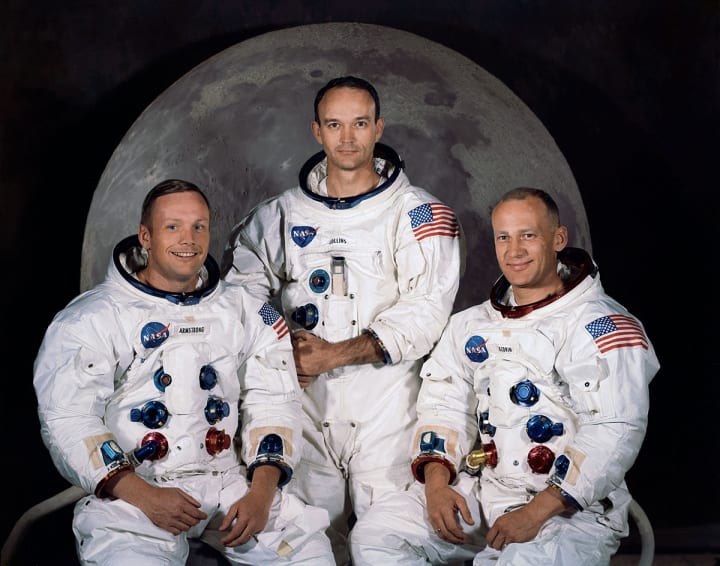
"That's one small step for man, one giant leap for mankind."
This is the one you all know. This mission changed the world. On July 16, 1969 astronauts Neil A. Armstrong, Michael Collins, and Edwin E. "Buzz" Aldrin, Jr. launched into space with the intention of landing a man on the moon for the first time in human history. The world watched with bated breath. On July 20, 1969 astronauts Aldrin and Armstrong separated from the Command/Service Module and successfully landed the Lunar Module on the surface of the moon, despite having to take manual control of the landing process to avoid a field of boulders. The astronauts had planned to sleep until July 21, 1969 and then exit the Lunar Module. However, due to their excitement they decided to forgo sleep and instead made preparations for the first moonwalk. On July 21, 1969 the world watched on television broadcasts as Armstrong descended the ladder of the Lunar Module and set foot on the dusty surface of the moon. The two astronauts then performed a number of lunar activities, including placing an American flag on the moon. The act cemented the Americans as the unquestionable world leaders in the space race. On July 24, 1969 all three astronauts returned safely to Earth where they were hailed as heroes. You might think that's the end of the story for the Apollo program, but that's not everything you need to know about the Apollo missions.
Apollo 12

On November 14, 1969, NASA launched Apollo 12 to return men to the surface of the moon in order to broadcast color television images and recover parts of the Surveyor 3 probe. Unlike Apollo 11, the astronauts of Apollo 12 landed their Lunar Module exactly as expected. However, they failed to broadcast color television after one of the astronauts accidentally destroyed the camera by pointing it at the sun. On November 24, 1969 astronauts Charles "Pete" Conrad, Jr., Richard F. Gordon, Jr., and Alan L. Bean, safely splashed down in the Pacific Ocean.
Apollo 13

"Houston, we have a problem."
If there's another Apollo mission you're familiar with, other than Apollo 11, it's almost certainly Apollo 13. This mission would demonstrate just how far NASA had come since Apollo 1, though it would be one of the tensest missions for NASA in the entire Apollo program. On April 11, 1970 astronauts James A. Lovell, John L. "Jack" Swigert, and Fred W. Haise launched into space with the intention of becoming the third team of astronauts to land on the moon. However, two days into the mission an oxygen tank exploded aboard Apollo 13 and destroyed fuel cells, oxygen supply and water supply for the astronauts. As a consequence, the lunar landing was aborted and the astronauts had to rely on the life support systems of the Lunar Module. This also meant that they could not jettison the Lunar Module and return quickly to Earth. Instead, they had to maintain the limited resources of the Lunar Module, slingshot around the moon, and make the final return using only the life support systems of their spacesuits. While the Lunar Module had nearly everything the astronauts needed to survive it could not recycle carbon dioxide quickly enough and was incompatible with the extra fuel cells stored elsewhere on the ship. Mission control used incredible ingenuity to develop an adapter on Earth that they then instructed the astronauts to build aboard the ship in order to filter carbon dioxide and facilitate a safe return to the earth. On April 17, 1970 the astronauts landed safely in the Indian Ocean. While this might be the last Apollo mission you're familiar with it still does not cover everything you need to know about the Apollo missions.
Apollo 14

Apollo 14 successfully completed the landing at Fra Maura that was planned for Apollo 13. The mission launched on January 31, 1971, but was not without incident. After suffering from docking problems, the mission managed to land on the moon. This was the last of the moon landings classified as H missions. These missions involved approximately two day visits to the moon's surface. This mission was also notable for transporting 500 germinated seeds into space. These seeds were then grown into trees, known on as "moon trees." On February 8, 1971 astronauts Alan B. Shepard, Jr., Stuart A. Roosa, and Edgar D. Mitchell landed safely in the Pacific Ocean.
Apollo 15
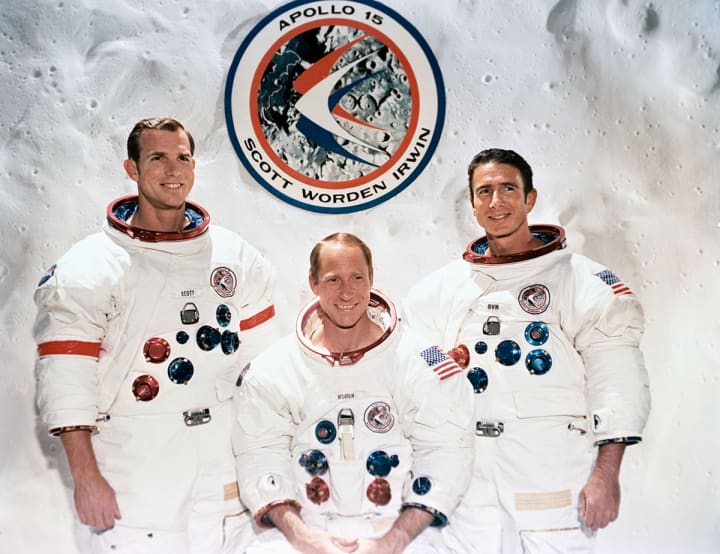
The Apollo 15 was the first of NASA's J missions. These missions saw NASA flexing its muscles by having men stay on the moon for three days. This was also the first mission to make use of the lunar rover to explore the surface of the moon. Astronauts David R. Scott, Alfred M. Worden, and James B. Irwin made use of the extended mission to gather scientific data and also to prepare for the landing of Apollo 16. The mission took place from July 26, 1971 to August 7, 1971.
Apollo 16

This mission suffered from some servo issues that delayed the landing. Nonetheless, astronauts John W. Young, Thomas K. Mattingly, II, and Charles M. Duke, Jr. succeeded in landing the lunar module in the highlands of the moon. This was a feat that had never before been attempted. This mission had little new technology to test so astronauts were free to explore and resolve some unanswered questions about the moon. The moonwalks on this mission exceeded 20 hours total. Departing on April 19, 1972, this mission returned without incident on April 25, 1972.
Apollo 17
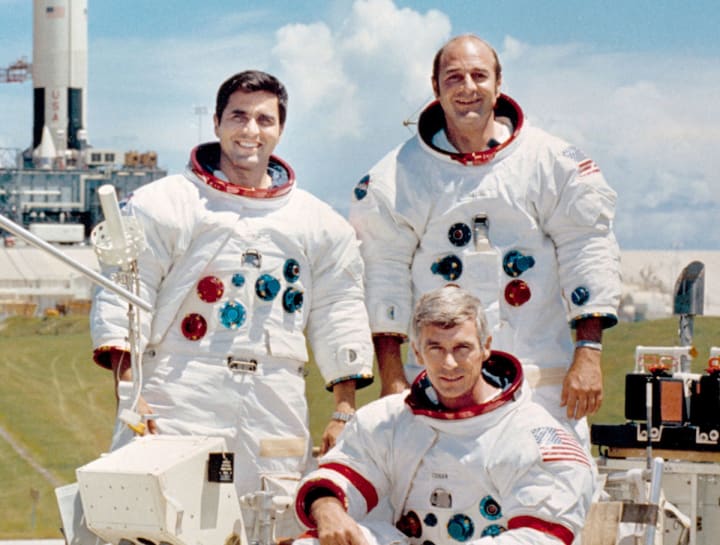
Apollo 17 was not only the last landing of men on the moon, but it was the last time to date that men would exceed sub-orbital flight. This mission was another J mission featuring an extended visit of three days to the moon's surface. This mission was also unique in being the first Apollo mission to include a professional scientist. Along with astronauts Eugen A. Cernan and Ronald E. Evans, Harrison H. Schmitt, a professional geologist, explored the moon's surface and brought back valuable scientific data. Apollo 17 departed on December 7, 1972. On December 19, 1972 the astronauts returned, marking the end of the Apollo program and the end of man's visits to the moon, at least for now.
The Apollo missions changed the world forever and shaped the Cold War's space race. This list of everything you need to know about the Apollo missions will hopefully inspire you to study more of the history of space exploration and of the Cold War.
About the Creator
James Lizowski
Spends his days making his own Star Wars figurines. His craft has driven him to look towards the future, drawing inspiration from past technological advances.


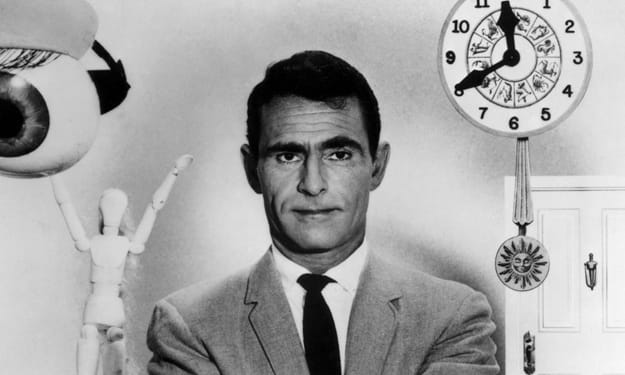



Comments
There are no comments for this story
Be the first to respond and start the conversation.